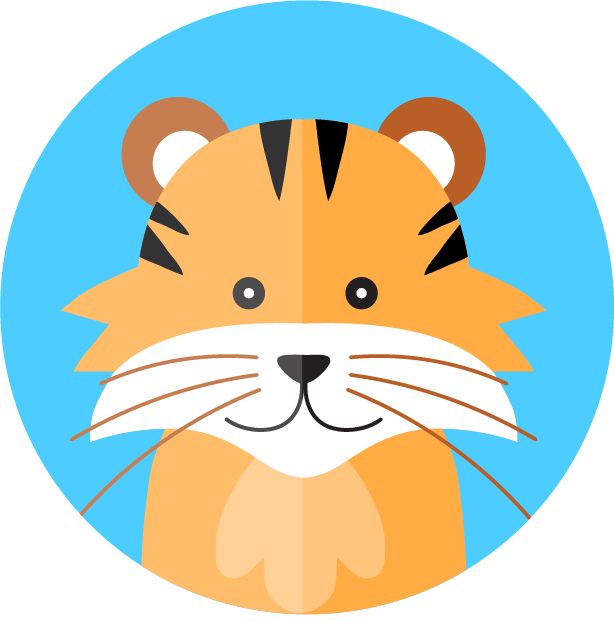WhatsApp Business Platform
Message Formats
28 min
whatsapp business messages are broadly categorized into template messages and free form messages 1\ template messages templates are structured messages composed of various components components include a header, message body, and buttons designed for specific actions pre approved message formats designed for business use typically used for notifications, alerts, reminders, or other structured communication must adhere to whatsapp's policies and receive approval before use categories of template messages marketing templates promote offers, products, or services utility templates send updates like order confirmations or shipment details authentication templates send otps or verification codes for secure authentication whatsapp template components templates are structured messages composed of various components components include a header, message body, and buttons designed for specific actions header the header is the topmost section and supports media types such as images, videos, or documents note media can be added only after template approval message body this section contains the main content ensure clarity, conciseness, and adherence to whatsapp’s guidelines copy code button allows users to copy codes (e g , discount, referral, or verification codes) to their clipboard url button redirects users to specific web pages (e g , product pages, or informational resources) phone button enables users to call a specified phone number with a single click quick reply button provides users with pre defined response options (e g , yes/no or time slot selection) subsequent messages can follow based on the user's selection flow button enables users to start with app journeys with a single click 2\ free form messages unstructured and dynamic messages exchanged within a 24 hour service window businesses can respond to customer queries or engage in real time conversations ideal for personalized support or ongoing discussions initiated by the user these messages are not subject to pre approval, offering flexibility in responding to customer needs message types address messages enable you to request a delivery address directly from whatsapp users with ease audio messages display an audio icon linked to an audio file users can tap the icon to play the file within the whatsapp app contact messages allow you to share detailed contact information such as names, phone numbers, email addresses, and physical addresses with whatsapp users document messages show an icon linked to a document, which users can tap to download image messages let you send a single image accompanied by an optional caption interactive button messages with url these provide clickable buttons linked to any url, removing the need to include long or complex urls in the message text interactive flow messages these allow you to deliver structured content, offering customers an intuitive way to book appointments, browse products, provide feedback, generate leads, or perform other tasks using whatsapp flows interactive list messages these display a list of selectable options for users, offering a convenient way to engage location messages these send specific geographic coordinates (latitude and longitude) to users to pinpoint a location sticker messages these include animated or static stickers, adding a visual element to messages text messages these are simple messages that include plain text and may optionally feature a link preview template messages these allow you to send predefined templates for marketing, utility, or authentication purposes unlike other message types, these don’t rely on a 24 hour interaction window with the recipient video messages these feature a thumbnail preview of a video and may include a caption users can tap the preview to play the video reaction messages these are emoji based reactions you can use to respond to a user’s previous message interactive button messages with url provide clickable buttons linked to any url, removing the need to include long or complex urls in the message text interactive flow messages allow you to deliver structured content, offering customers an intuitive way to book appointments, browse products, provide feedback, generate leads, or perform other tasks using whatsapp flows interactive list messages display a list of selectable options for users, offering a convenient way to engage interactive location request messages present a text prompt along with a "send location" button when users tap the button, they are directed to a screen where they can share their current location interactive reply button messages let you provide up to three pre set options for users to select as their reply location messages send specific geographic coordinates (latitude and longitude) to users to pinpoint a location text messages are simple messages that include plain text and may optionally feature a link preview template messages allow you to send predefined templates for marketing, utility, or authentication purposes unlike other message types, these don’t rely on a 24 hour interaction window with the recipient video messages feature a thumbnail preview of a video and may include a caption users can tap the preview to play the video reaction messages are emoji based reactions you can use to respond to a user’s previous message 3\ key difference template messages are pre structured and require approval, often used outside the 24 hour messaging window free form messages are spontaneous and used within the 24 hour window for active customer conversations

